Every Step of the Way: How Miros Supports the Offshore Wind Farm Lifecycle
From start to finish, the offshore wind farm lifecycle can last up to 30 years. Within this timeline there are any number of opportunities for leveraging real-time sea state data to enhance the safety, efficiency and performance of operations.
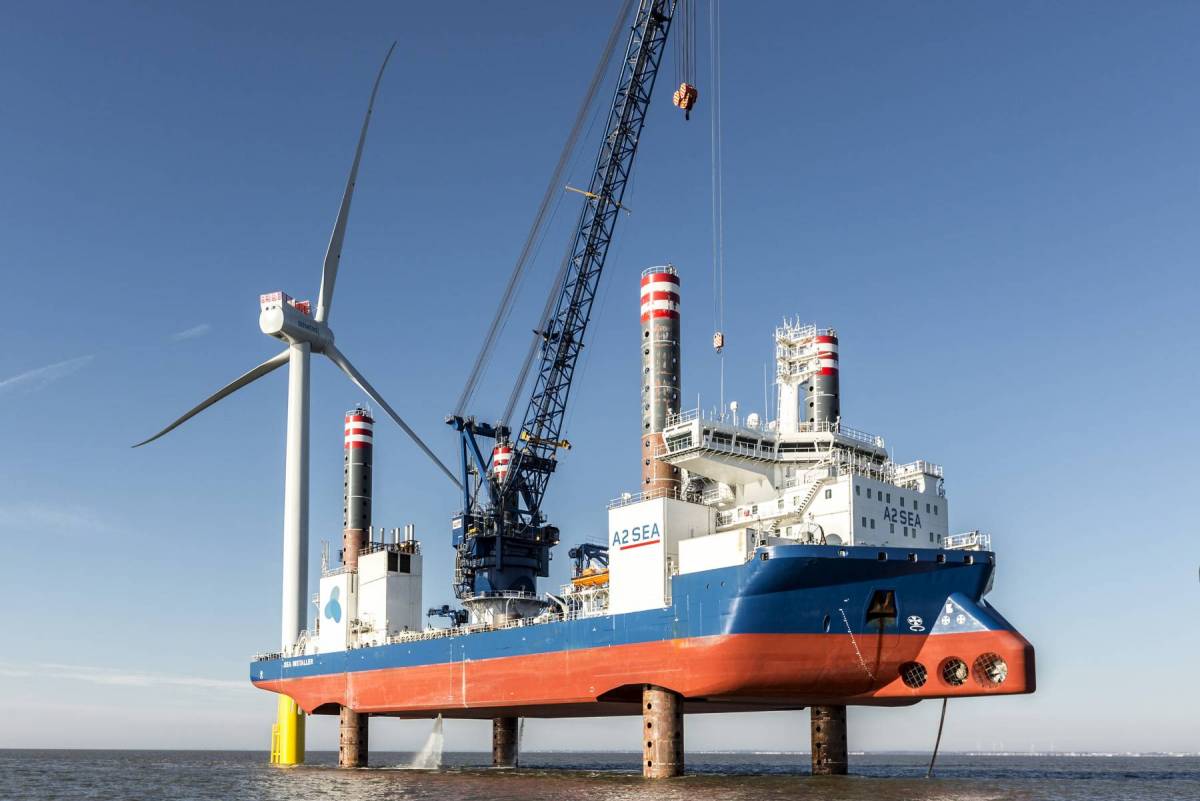
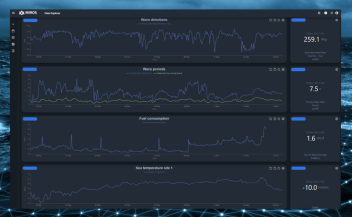


In a bid to access stronger and more stable winds, wind farms are moving ever farther from shore. In fact, projects currently in planning may be up to 210km or more out to sea. The challenges associated with increasing wind farm output, however, are many. With five key stages making up the offshore wind farm lifecycle, the entire process can span several decades from initial planning through to decommissioning.
Miros’ sensors measure the ocean surface, supporting marine industries with local, real-time environmental data. Additionally, their Cloud-integrated functionality allows for easy and secure access to real-time sea state data, anywhere, anytime, from any device, and with minimum effort.
Let’s walk through the many ways in which data from Miros sensors can support the offshore wind farm lifecycle at every step of the way.

Planning & Development: Ready, Set, Go!
During this opening phase of the offshore wind farm lifecycle, monitoring wave, current and weather conditions at the chosen port or harbour, as well as at any potential project sites, can support accuracy in predicting project timelines and operational feasibility analyses. Additionally, the early collection of sea state data can support any and all vessel operations, streamlining situational awareness from day one, and paving the way to support installation and commissioning (as well as other activities) within subsequent lifecycle stages.
Main Component Installation: Foundations, Monopiles, Blades & Cables
Many unpredictable factors conspire when it comes to weather and wave conditions, but undertaking real-time measurements and analysis, and forming appropriate risk assessments based on the related data can help to mitigate challenges or eliminate them altogether. From project delays to overrunning costs, crew safety and even damage to assets, it’s all to play for when the whim of local environmental conditions spells the difference between success and failure. Whether it’s crane operations or cable laying, picking the opportune moment to activate personnel is key, and easy access to real-time, local, sea state data can support the knowledge of when that moment arises.
Join us at RewenableUK’s Cables 2019 event in Aberdeen to hear more about how Miros is supporting sub-sea cable laying efforts in the offshore wind sector.
Installation & Commissioning: Stop Waiting on Weather
Miros provides increased situational awareness through high-accuracy and high-availability sea state data. By accurately measuring local environmental conditions with modern technology it’s possible to widen weather windows and work closer to operational limits. In fact, with unparalleled uptime, Miros technology has been seen to facilitate operability improvements of up to 15%*.
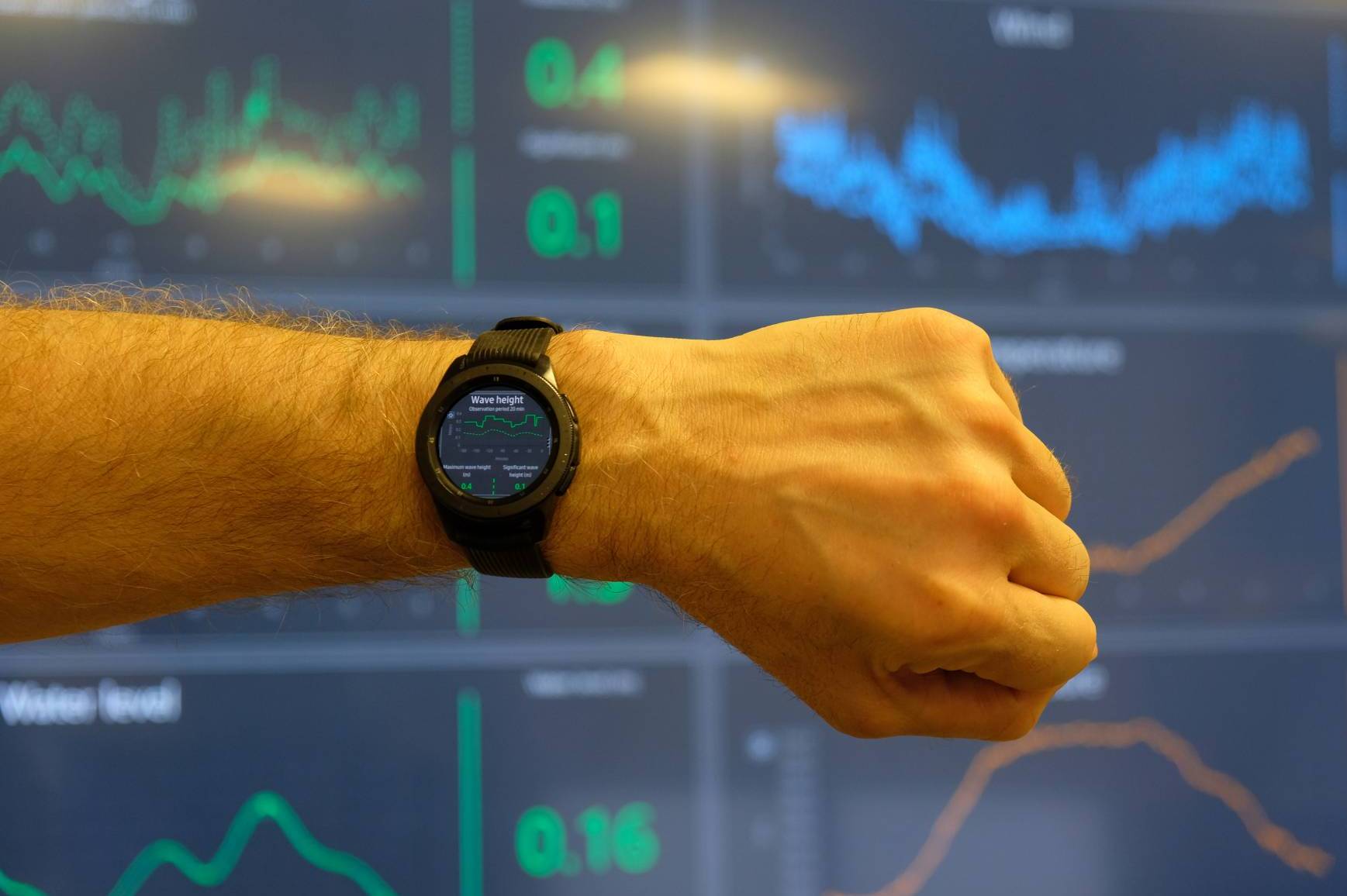
Plus, since all Miros sensors and solutions are dry-mounted and radar-based, nothing is submerged in water, thus eliminating costs associated with traditional wave buoys. Miros also offers sea state monitoring as a service, so you don’t even need to purchase hardware outright to start benefiting from data access.
Operations & Maintenance: Enhancing Safety Whilst Reducing Costs
Over 40% of the overall costs associated with the offshore wind farm lifecycle are attributed to operations and maintenance activities. As the distance from the turbines to the shore increases, the risks facing crews grow ever more significant. In 2016, incidents related to crew transfer made up more than two-thirds of the total, according to G+, the Global Offshore Wind Health & Safety Organisation. Harnessing the power of real-time insights can reduce the related risks.
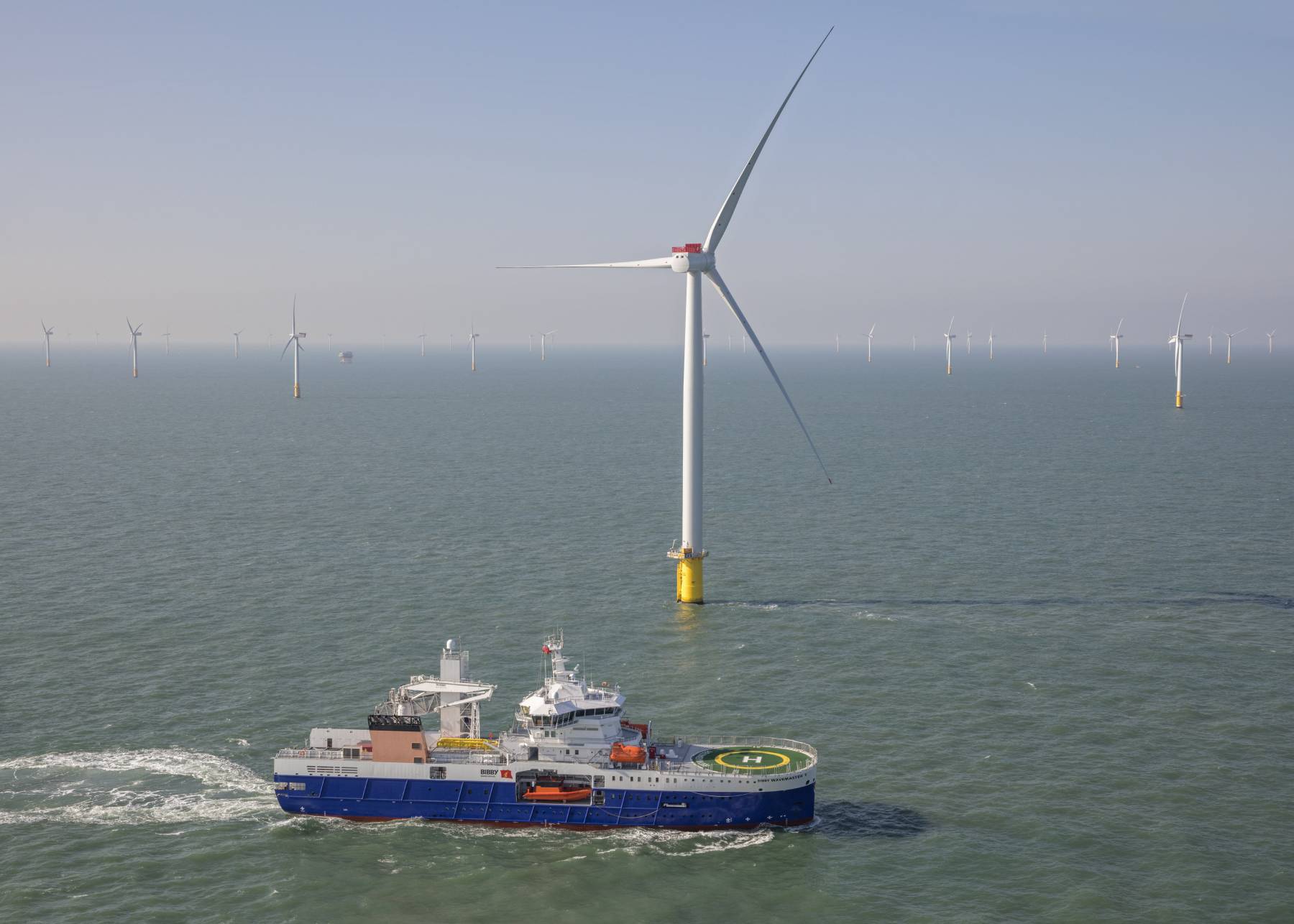
“The Miros WaveFinder provides a wealth of information for assessing how we perform against our KPIs” – Rob Osborne, Support & Innovation Engineer, Bibby Marine Services
As a result, the ability to drive operational performance whilst simultaneously ensuring the safety of personnel is a major challenge for the growing global offshore wind market. By providing access to real-time, local, environmental data, Miros supports better situational awareness and decision-making, thus reducing risk and aiding in the successful completion of missions.
Decommissioning & Repowering: End of the Line
Whether making efforts to repower older turbines or remove them altogether, many of the same risk factors are at play. Miros sensors can provide a wealth of historical data aiding structural analysis and design verification. This helps paint an accurate picture of asset lifetime stresses, a much-needed input to understanding ongoing structural integrity.
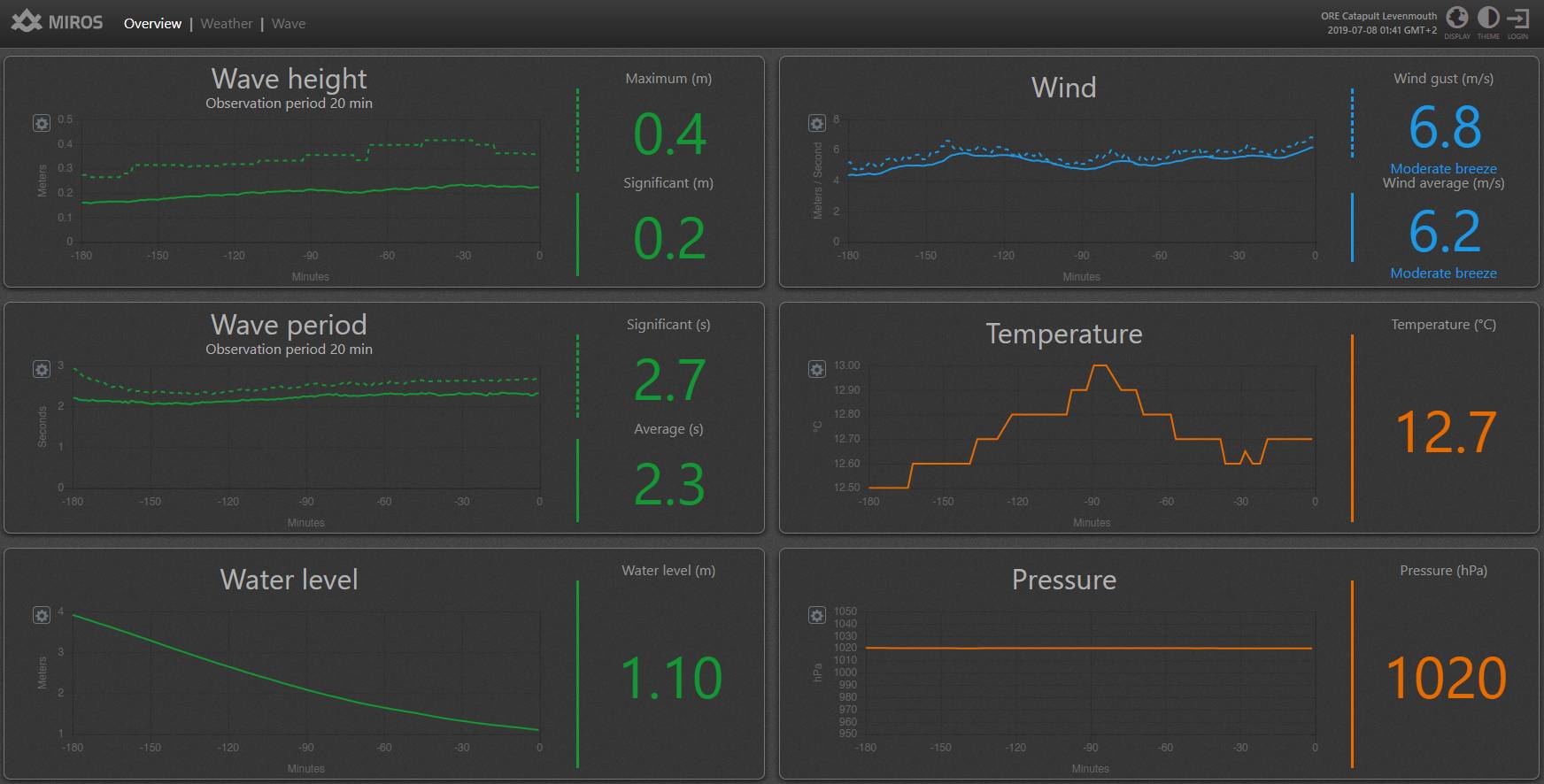
View Real-Time Data From A Live Installation
Miros’ Cloud-based technology for wave, current and weather monitoring gives you decision-making solutions which provide everyone involved in offshore operations with access to real-time data, wherever they are.
You can view real-time data from our live installation at the Offshore Renewable Energy Catapult demonstration turbine by clicking here or read the cast study here.
*For North Sea locations for planned operational periods of less than 4 hours and design wave height of 3.5 m


